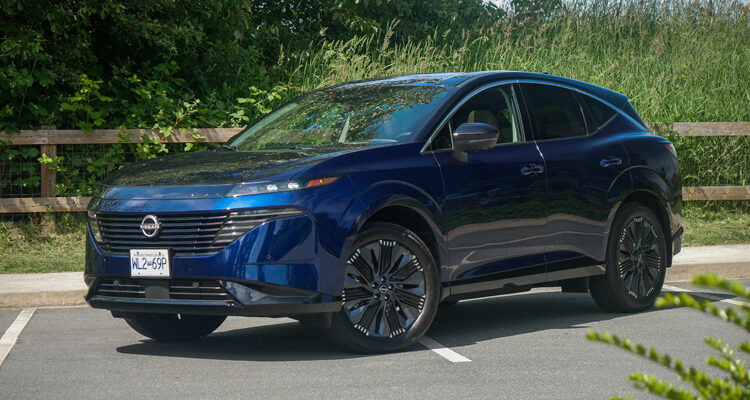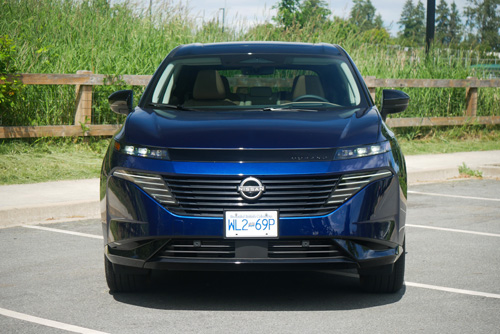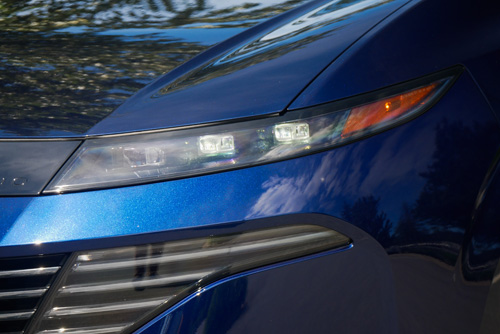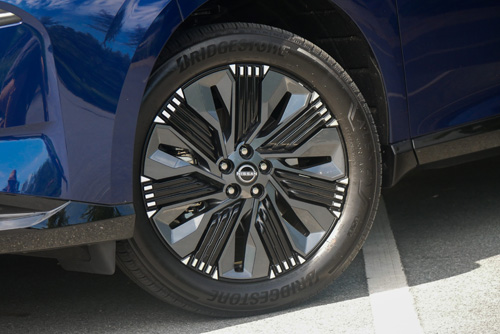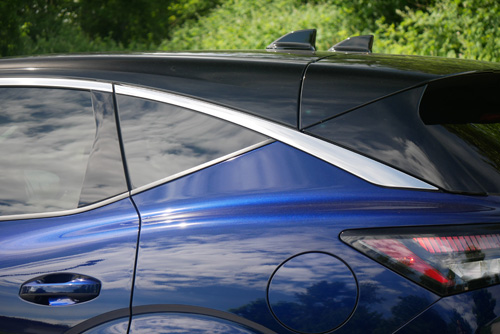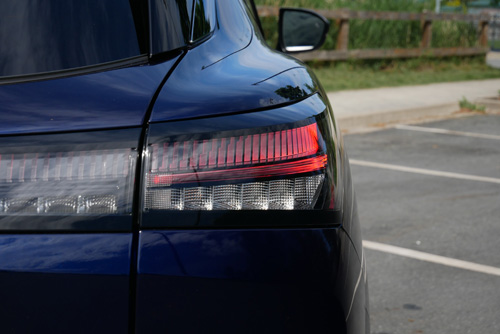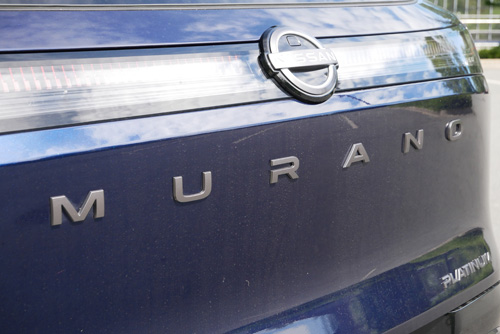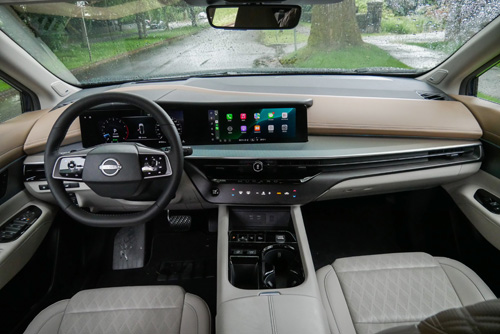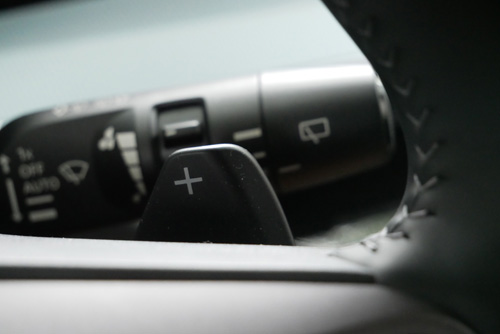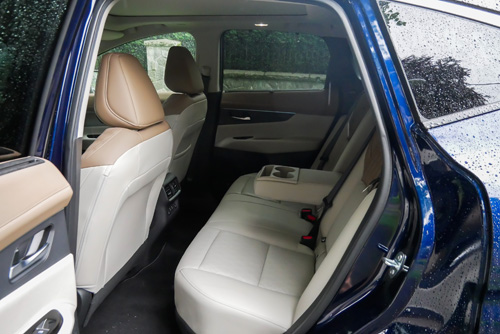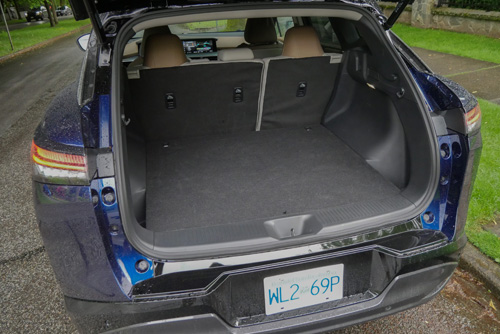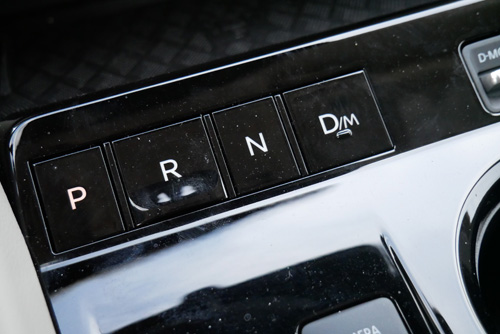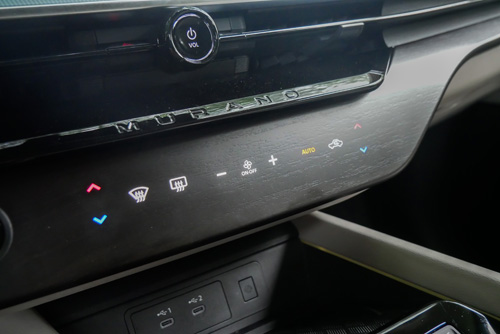The last time Nissan’s two-row mid-size Murano crossover received a full redesign was about 10 years ago, for the 2015 model year. Now, 10 years isn’t that long in the grand scheme of the car and light truck world bur for some reason, it feels like it’s been longer than that for the Murano. Maybe it’s because it’s always used a derivative of Nissan’s hardworking VQ V6 engine; there was a brief sojourn into the world of hybrids but the 600-or-so Murano hybrids they eventually produced was a mere blip on its timeline, much like the short lived Pathfinder hybrid of the same era. Indeed, as much as the Murano was one of the mid-size CUV pioneers when it debuted in 2003, the rest of the world has jumped on that train and there are fewer and fewer seats as a result.
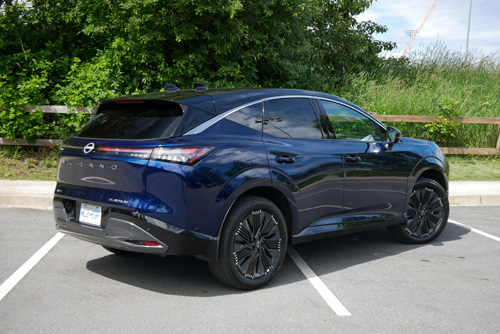
So it goes without saying that the all-new 2025 model could be the breath of fresh air the Murano needed to revitalize its image and its success at the dealer.
Exterior
They’ve certainly taken all that to heart in terms of exterior styling. This latest Murano draws inspiration from the similarly-sized Ariya electric crossover in terms of its blacked-out lower fascia as well as the way the roofline swoops aggressively towards the rear deck. Even the way the chrome strip atop the side windows drops down and ends just above the rear fender seems a direct lift from the Ariya.
The Murano’s headlight treatment is unique – at least among Nissans. The ultra-narrow LED headlights and black band connecting the two is not something seen on other Nissans, but there are a few hints of Hyundai’s all-new Ioniq 9 EV in there. The “V-Motion” grille that once applied to all Nissans is a thing of the past, with the Murano heralding a new style direction for Nissan.
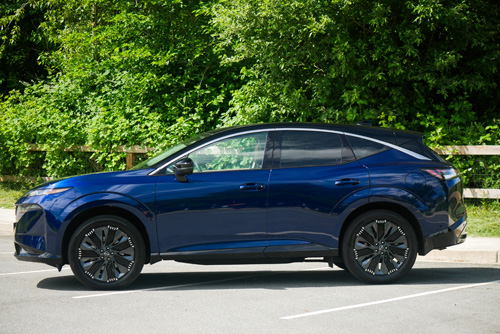
The wheels on my Platinum tester measure 21 inches and that’s fine, it’s just that the styling is a little on the cheap side. I would have preferred something with a little less black, narrower spokes and more chrome – the 20” items available on the lower SV and SL trims are actually better-looking, but this side of sweet-talking your dealer (maybe), they aren’t available on the Platinum. I’d also swap the Deep Ocean blue exterior colour on my tester for something lighter; luckily, there’s plenty to choose from in this regard. Aurora Blue Pearl metallic for me, please!
Powertrain and drive
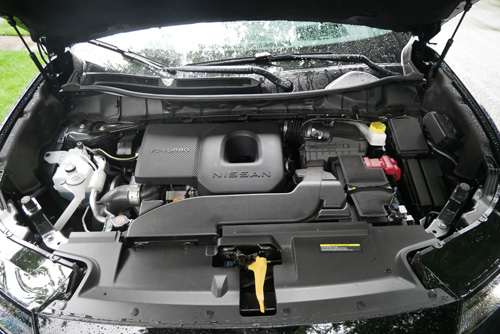
As has pretty much always been the case, the Murano is available with a single engine choice but that’s where the powertrain similarities end. Gone is the long-serving naturally-aspirated V6, replaced by a 2.0-litre four-cylinder VC-Turbo engine. “VC” stands for variable compression, meaning that according to Nissan, it can provide the torque and fuel efficiency of a diesel, with the smooth operation and horsepower of a gas engine.
Perhaps, and while the power figures of 241 horsepower and 260 pound-feet of torque aren’t exactly astronomical, and the 11.4L/100 km we saw isn’t exactly “sippy”, the engine operation is smooth. The bigger add, in my opinion, is the new transmission. Gone is the fun-sapping and droning Xtronic continuously-variable automatic ‘box we’ve seen for years in almost every non-truck or sports car Nissan, replaced in the ’25 Murano with a conventional nine-speed automatic. It’s a much more responsive gearbox (especially in sport mode) and while it doesn’t sound as different from a CVT ‘box as I’d hoped, it feels like it and the engine are much more on the same page than previous. Used to be that it was the CVT’s show and the engine was along for the ride but not anymore. Now, the two are nicely in-sync for easy passes at speed and much snappier acceleration. I don’t know if it’s officially any faster to, say, 100 km/h than it used to be but it feels like it is. Considering we’re not going to be frequenting drag strips in our Muranos, that’s just fine by me. Not as much a fan of the push-button transmission, however; it’s nice that it lowers clutter, but I just found it a little slow to react which is a real bugaboo when parallel parking.
Another nice touch are the frequency sensitive dampers, which monitor road conditions and through some kind of black magic are able to absorb road impacts while at the same time sending less vibration through the cabin. As a result, the ride is a downright luxurious one and the handling provides a more agile bent that adds confidence and provides more driver involvement.
Interior
Speaking of “luxurious”: this is one fabulous interior, especially in Platinum spec seen here. That adds real leather seating (synthetic leather is standard) finished in a two-tone diamond print – gorgeous – 12.6” head-up display and ventilated and massaging front seats, plus open pore wood panels. It’s soft looking and feeling, and is top-drawer as a result.
All Muranos, meanwhile, get a flat-bottom steering wheel, cool metallic-look insert pieces (most notably on the dash divider) and larger door openings. That helps entrance and egress, and makes it so much easier to get a child’s seat back there and then a child into said seat. Space-wise, there’s up to 1,798 litres of cargo space when you fold the second row flat.
Infotainment
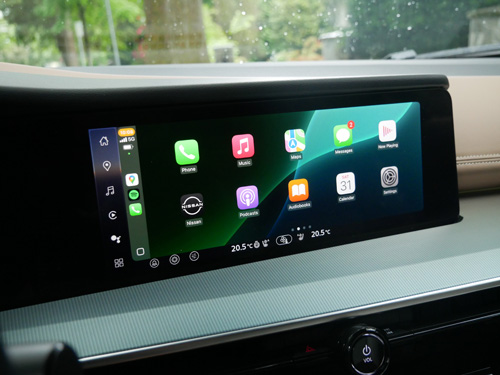
All Murano models come standard with matching 12.3” displays for the gauge cluster and central infotainment touchscreen. There’s also standard wireless Apple CarPlay and Android Auto. If you’d rather have the native interface do all the work, then you’ll be happy to know that Google Built-In is also standard, meaning the navigation system is handled by Google Maps and you can make use of Google Assistant as well as your Google Play playlists.
Optional adds seen in my tester include 10-speaker Bose audio (not bad, but not quite top of the pops, either, in terms of power and clarity), enhanced 3D AroundView 360-degree monitor as well as a new “invisible hood” camera angle. What that means is that if you’re travelling slow enough and you activate the camera, you’ll be able to see beneath your car to see obstacles hidden by the hood. This makes more sense in offroaders, but I can see it coming in handy on dirt road drives up to the cabin as well as on snow-covered Canadian roads.
One thing I’ll mention: the climate controls are handled by a haptic feedback touch panel. It’s cool that said panel is hidden behind/within a nice open-pore wood cover, but as is the case with so many of these I’ve experienced, I just wish it was that much more responsive and clear when and if a command has been received.
Conclusion
At the end of the day, though, what really stuck with me was how much I was looking forward to going for drives in the Murano during my week with it. Not in the way you might look forward to hopping into a roadster on a sunny morning and dropping the top. No, with the Murano, it’s more about how its powertrain, interior environs and ride add an element of relaxation to every drive. It’s a very good consumer-level car in luxury drag — and I dig it.
2025 Nissan Murano
Price as tested: $57,278.00
Freight: $2,845.00
Configuration: Front engine, AWD
Power/torque: 241 hp/260 lb-ft
Fuel (capacity): 72 litres (Regular)
Combined fuel ratings (L/100 km): 9.7
Observed fuel economy (L/100 km): 11.4
Warranties: 3 years/60,000 km (basic)
Competitors: Buick Envision, Honda Passport, Kia Sorento, Mazda CX-70, VW Atlas Cross Sport
Website: Nissan Murano



